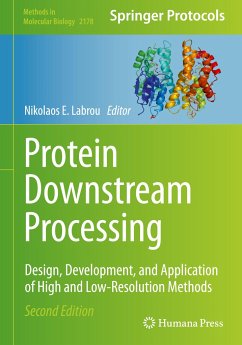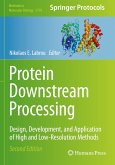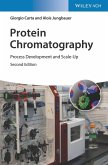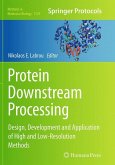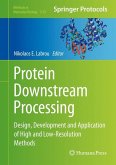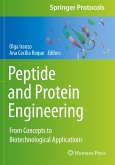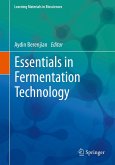This second edition volume expands on the previous edition with updated research and techniques to help laboratory workers design and implement a successful purification strategy, emphasize critical aspects on practical problems, and answers questions encountered at the lab bench. The chapters in this book are divided into five parts: Part One discusses an overview of screening and design of purification strategies and covers initial aspects on high-throughput screening, methods development, and media selection; Parts Two and Three explore low- and high-resolution methods, with emphasis on affinity chromatography; Part Four describes analytical techniques of purified proteins; and Part Five presents selected examples and case studies to discuss the aforementioned. Written in the highly successful Methods in Molecular Biology series format, chapters include introductions to their respective topics, lists of the necessary materials and reagents, step-by-step, readily reproducible laboratory protocols, and tips on troubleshooting and avoiding known pitfalls.
Authoritative and comprehensive, Protein Downstream Processing: Design, Development, and Application of High and Low-Resolution Methods, Second Edition is an ideal source of information to advanced students, junior researchers, and scientists involved in health sciences, cellular and molecular biology, biochemistry, biotechnology, and other related areas in both academia and industry.
Authoritative and comprehensive, Protein Downstream Processing: Design, Development, and Application of High and Low-Resolution Methods, Second Edition is an ideal source of information to advanced students, junior researchers, and scientists involved in health sciences, cellular and molecular biology, biochemistry, biotechnology, and other related areas in both academia and industry.

